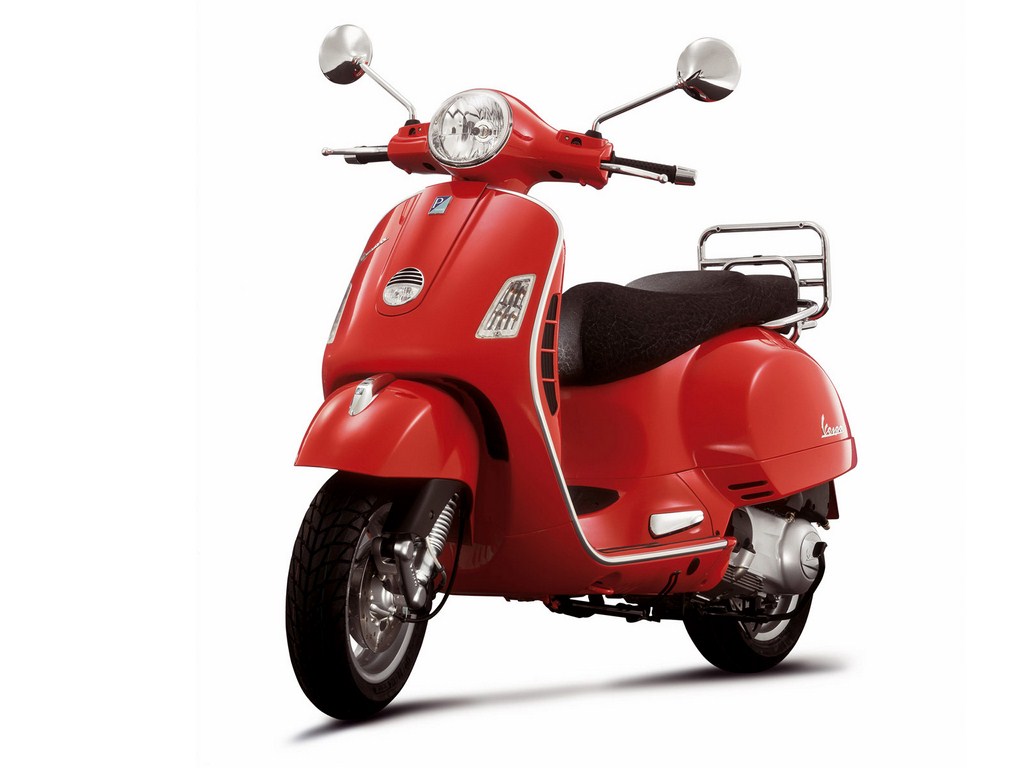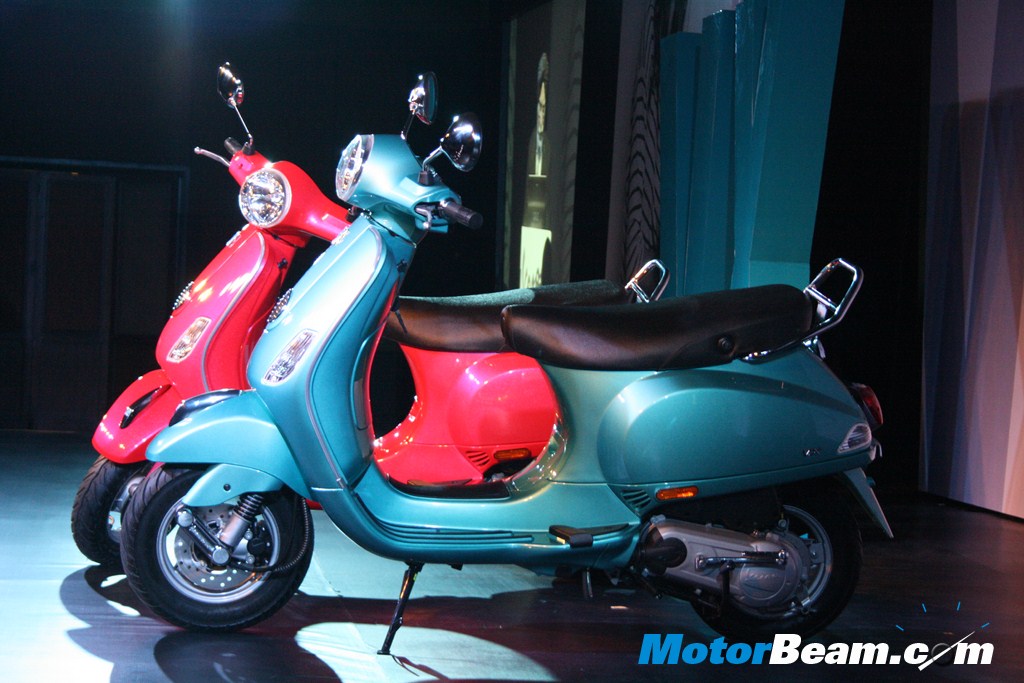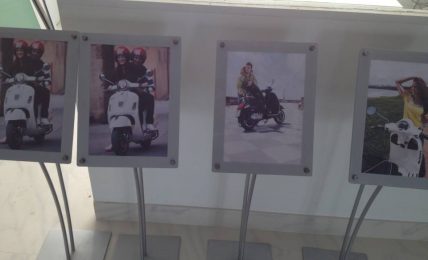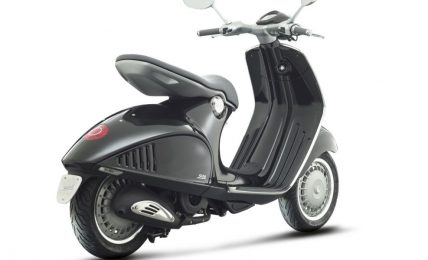Piaggio will discontinue the Vespa LX in India and all its scooters in the Vespa portfolio will get front disc brakes as standard.

You read it first on MotorBeam. When the Vespa brand came back to India for the third time in the hands of the parent company Piaggio, the scooter market was growing and all the other scooter manufacturers were refreshing their scooter portfolios to deal with this opportunity. The Piaggio Vespa LX was launched in India in the year 2012. Strong performance, stylish looks and the Vespa name was the main contributing factors to lure buyers to buy the Italian scooter when it was launched in India this decade.
According to our sources, Piaggio has decided to discontinue the Vespa LX and concentrate on its other models. A year after the LX launch, Piaggio had launched the Vespa VX which is nothing but an LX with additional features like featuring new body colours, a better pillion grab rail and an optional beige seat. The Vespa LX is powered by a 125cc, 3-valve 4-stroke engine capable of producing 10 PS of power at 7500 RPM and 10.6 Nm of torque at 7500 RPM. This 125cc engine is paired to a variomatic transmission.
Piaggio will also not sell any variant of the Vespa scooter with a front drum brake, instead it will equip all models with a front disc. Considering the fact that the Vespa LX is soon going to be axed from the market, this comes as no big news because only the Vespa LX is offered with front drum brakes currently, while all other variants get a disc at the front. After the Vespa LX gets discontinued, Piaggio will have three variants of the Vespa on offer – Vespa VX, Vespa S and Vespa Elegante (limited edition), the scooters being priced between Rs. 74,273/- to Rs. 82,207/- (ex-showroom Delhi).
However, Piaggio will soon be expanding the Vespa range with new products. The company does plan to launch a fuel-injected 125cc scooter while 150cc variants of the Vespa will be launched as well, offered in both carbureted and fuel-injected versions. The automaker hasn’t been doing good numbers, selling a meagre 2000 units a month which is too less for a market as big as ours. The company’s management has largely been incapable of executing plans and in spite of setting up a big manufacturing facility at Baramati, most of the capacity continues to remain idle.




